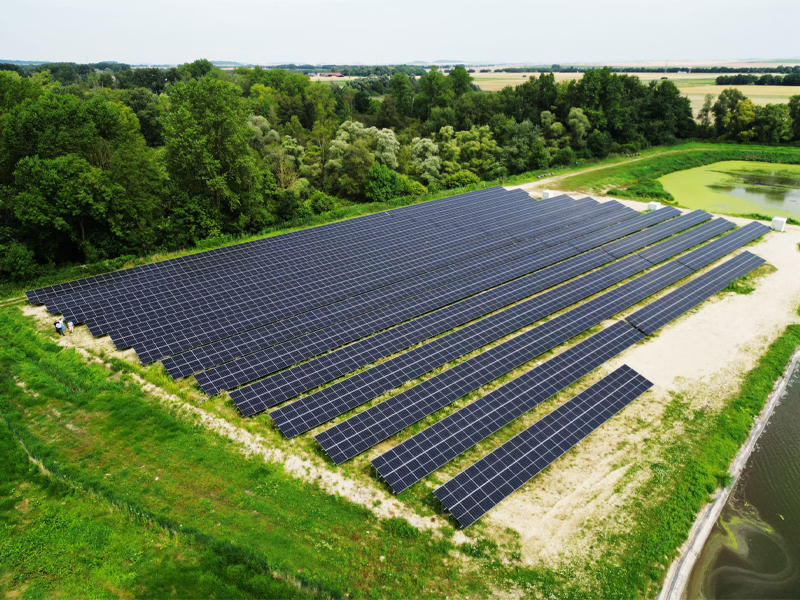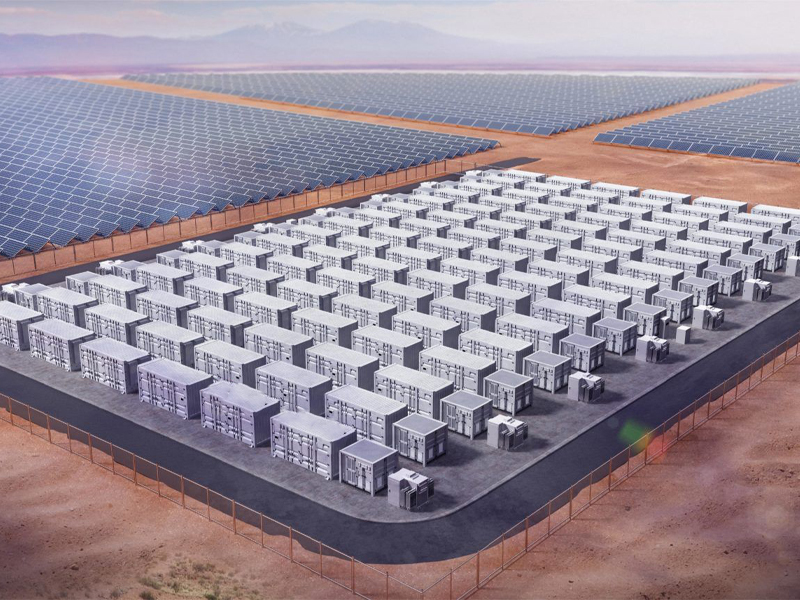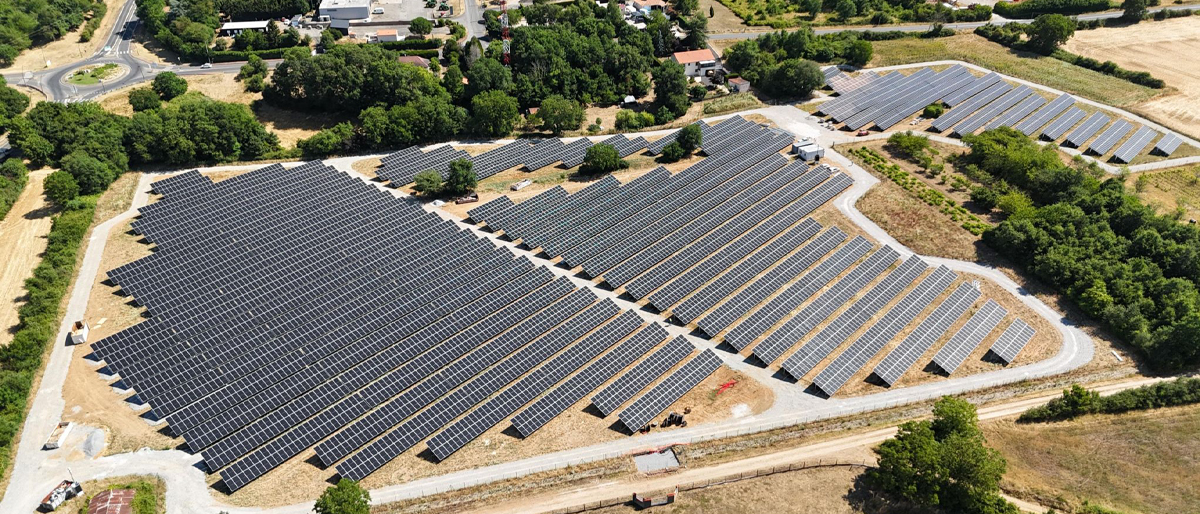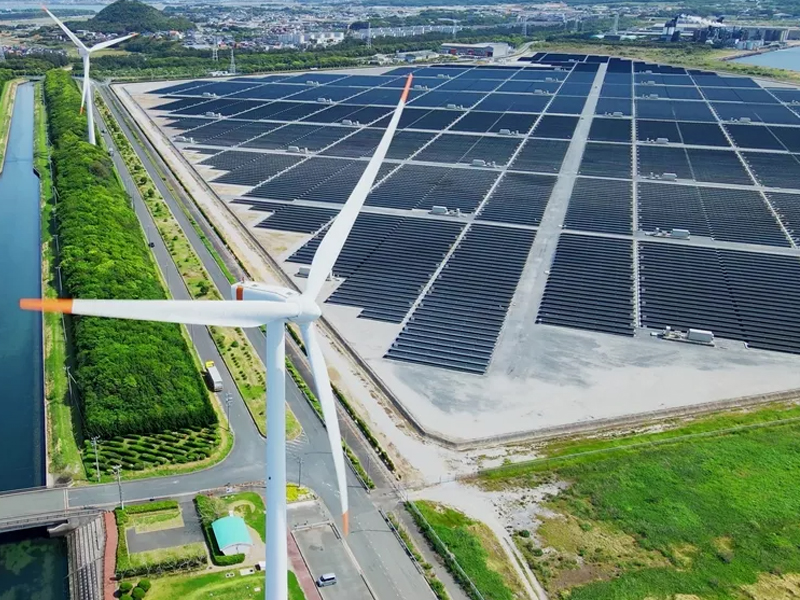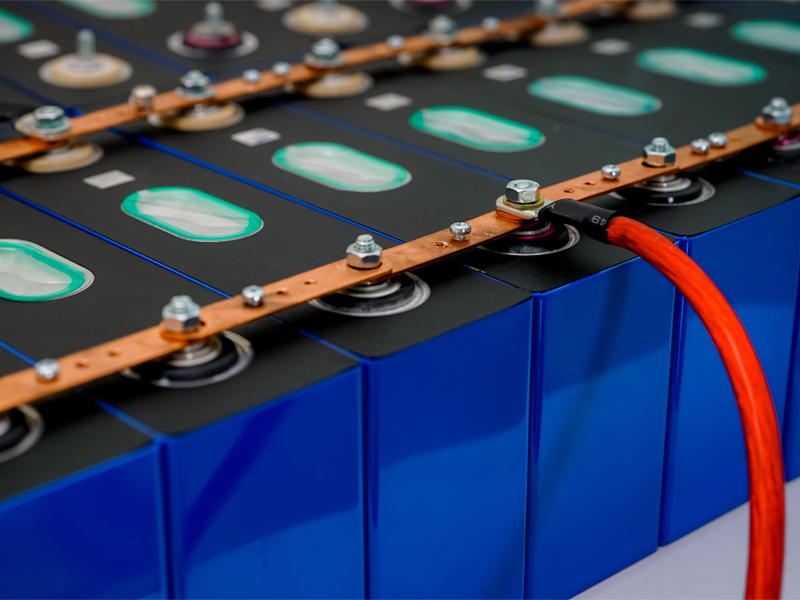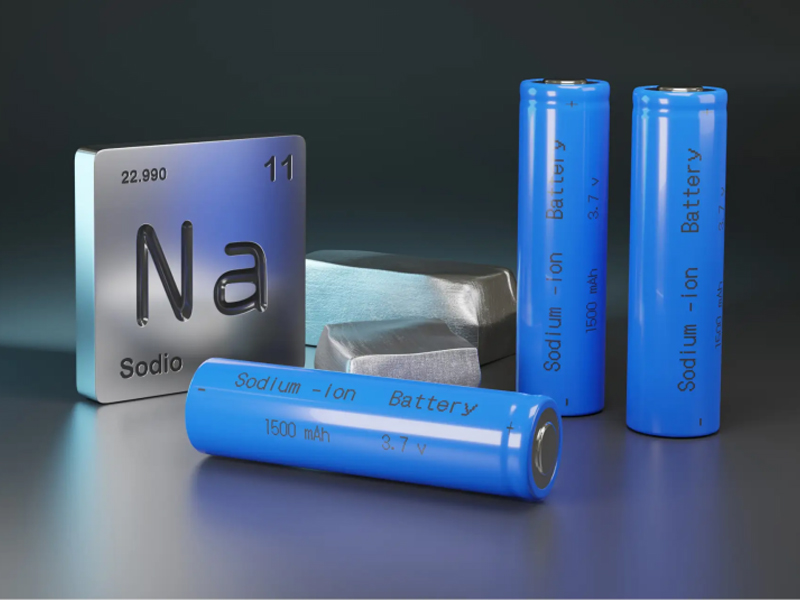Malaysia launches floating solar pilot project

Tenaga Nasional Berhad has officially launched a floating PV pilot project that is expected to unlock 2.2GW of electricity.
The HHFS pilot project is located at the Kenyir Lake Dam deep in the Pantai Timur Mountains. Built in 1985, the dam created the largest artificial lake in mainland Southeast Asia, Lake Kenyir.
The pilot project has a capacity of 100kW, covers an area of 1,085 square meters, and has a total of 220 solar PV panels installed. The purpose of this pilot project is to demonstrate how Malaysia's largest lake (36,900 hectares) can be used to build larger floating PV projects.
Malaysia's national power company estimates that floating PV can cover up to 10% of the lake's surface area and produce about 2,200 megawatts of Renewable Energy without damaging the lake's ecology.
Floating PV helps Malaysia achieve its renewable energy goals
Kenyir Lake will also supply renewable energy to Kertih to power the green hydrogen energy center developed in cooperation with Petronas, Malaysia's national oil company.
The floating solar project is a collaboration between TNB Genco Sdn Bhd, a subsidiary of the national power company, and state investment agency Terengganu Inc.
Datuk Megat Jalaluddin, president and CEO of Grid Corporation of Malaysia, stressed the importance of the floating PV pilot project in advancing Malaysia’s renewable energy goals.
“The Kenyir Lake Hydropower Floating PV Project is part of our 2.5GW hydropower floating PV project and exemplifies how Grid Corporation of Malaysia is leveraging existing assets to maximize renewable energy generation,” said Jalaluddin.
“HydroPower Plants can serve as flexibleEnergy Storage Systems – storing water during peak demand periods and releasing water during low demand periods – to stabilize the grid and quickly respond to fluctuations in electricity demand.”
Grid Corporation of Malaysia announced plans to develop a 2.5GW hydropower floating PV project in February 2024.
The project combines Solar Energy with hydropower to optimize resource utilization and help Malaysia achieve its renewable energy goals.
Hydropower floating PV systems involve installing solar panels on floating platforms on the reservoirs of hydropower plants. The system generates electricity during the day, while during periods of insufficient sunlight, the hydropower station provides continuous electricity.
The Malaysian government supports the development of floating photovoltaics
The Malaysian government has shown great interest in floating photovoltaics and will regard it as part of the national energy transformation plan. Earlier this year, the Malaysian government launched a tender seeking 2GW of large-scale ground and floating photovoltaic projects.
The tender is divided into two sections: the first section provides 1500MW of large-scale ground photovoltaic power stations with a capacity between 30MW and 500MW; the second section allocates 500MW of surface or floating photovoltaic projects with a capacity between 10MW and 500MW.
In August 2024, Malaysian energy company Cypark Resources Berhad completed a 100MW hybrid project in Merchang, a coastal town in the northeast of Terengganu State, which includes 35MW of floating photovoltaics. Merchang is about 62 kilometers east of the Kenyir Lake Dam.


